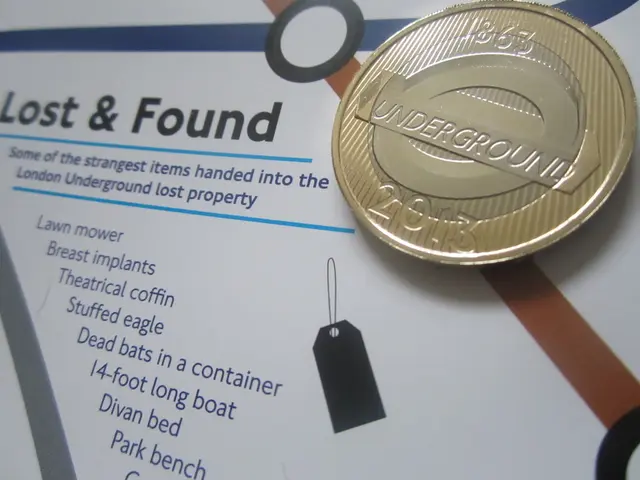ESA's Cross-Border Trade Hampered by High Costs and Outdated Infrastructure
East-Southeast Asia's (ESA) cross-border trade faces significant hurdles, with high costs and delays due to outdated infrastructure and procedures. While some countries like India and Bhutan have made strides in digitalization, regional cooperation and data exchange remain limited.
The cost of cross-border trade in ESA is among the highest globally, hindered by long queues, poor infrastructure, excessive paperwork, and inconsistent customs procedures. However, digital initiatives are taking root. India's 'Turant Customs' offers contactless, paperless, and faceless clearance systems. Bhutan's new Electronic Customs Management System allows most traders to file documents digitally. Nepal has introduced paperless customs declarations through its National Single Window (NSW).
Piloting exchanges of low-risk trade data between customs authorities could demonstrate the feasibility of cross-border data exchange. Bangladesh is working towards a comprehensive National Single Window integrating multiple agencies. Yet, digital integration remains limited due to differing platforms, data security concerns, and the absence of legal frameworks. To harmonize procedures and enable seamless information exchange, developing common data standards and promoting API-based real-time messaging between systems is crucial.
Digitalization of trade and transport processes can significantly reduce delays, lower costs, and boost efficiency and competitiveness in ESA. However, regional cooperation and harmonization of procedures are essential for maximizing these benefits. While progress is being made in individual countries, concerted efforts are needed to overcome the challenges of cross-border digital integration.
Read also:
- Minimal Essential Synthetic Intelligences Enterprise: Essential Minimum Agents
- Tesla is reportedly staying away from the solid-state battery trend, as suggested by indications from CATL and Panasonic.
- UK automaker, Jaguar Land Rover, to commit £500 million for electric vehicle manufacturing in Merseyside
- XPeng Boosts Leadership, Vienna's EV Interest Surges, Used EV Market Shifts






